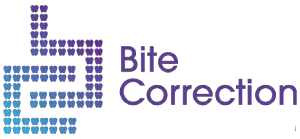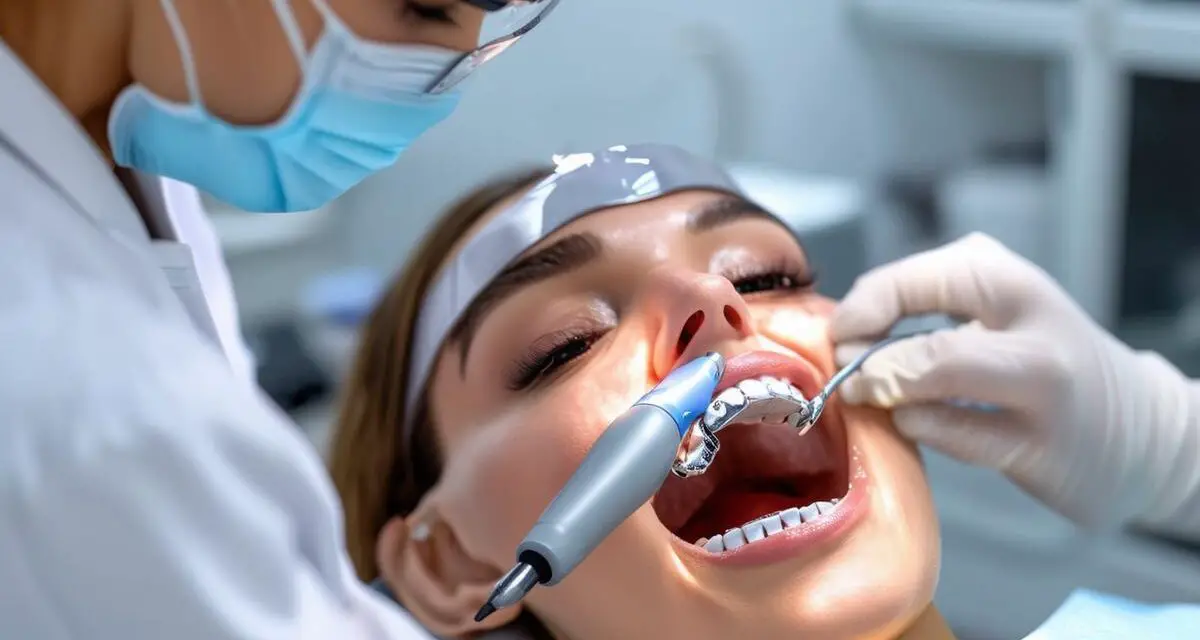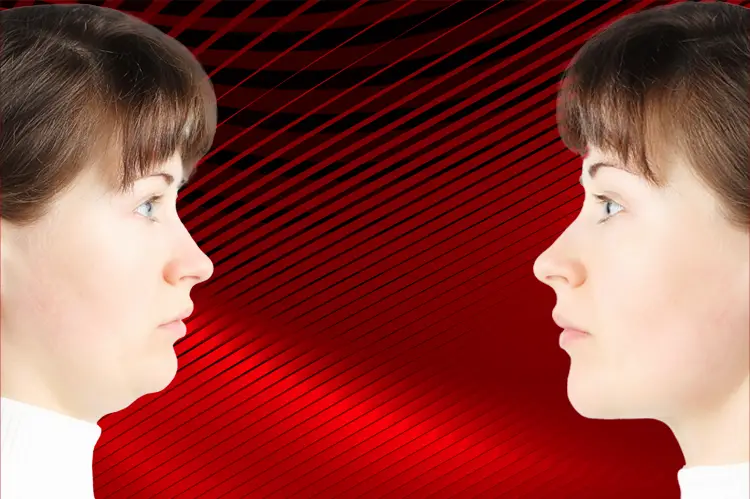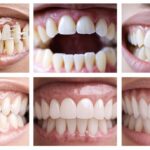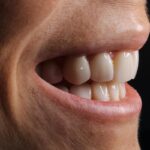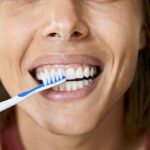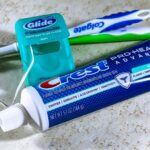Understanding JawTrac Technology
JawTrac technology offers a non-surgical solution aimed at correcting jaw misalignment, touting benefits like pain relief and improved facial aesthetics. The JawTrac device works together with VENLAY restorations to simulate the patient’s ideal jaw alignment without grinding down healthy teeth. These restorations enhance aesthetics, contributing to the appearance of facial lifting and youthfulness.
While the benefits seem promising, it’s important to consider potential risks and long-term efficacy. Redefining jaw positioning without surgery may raise doubts about the stability of the underlying bone structures and tissues over time. The non-invasive label might lead patients to underestimate the intervention involved in repositioning the jaw.
Patient testimonials and case studies posted by proponents of JawTrac underscore the relief and satisfaction experienced, but individual anatomy and tolerance can vary. Transparency from providers about potential challenges, side effects, and long-term outcomes is crucial for anyone considering this technology.
Contrasting JawTrac with traditional dental correction methods can provide a balanced perspective. Comparative insights on up-front and long-term costs, as well as the extent of corrections and recovery times, can help patients make informed decisions about their physical health and appearance.
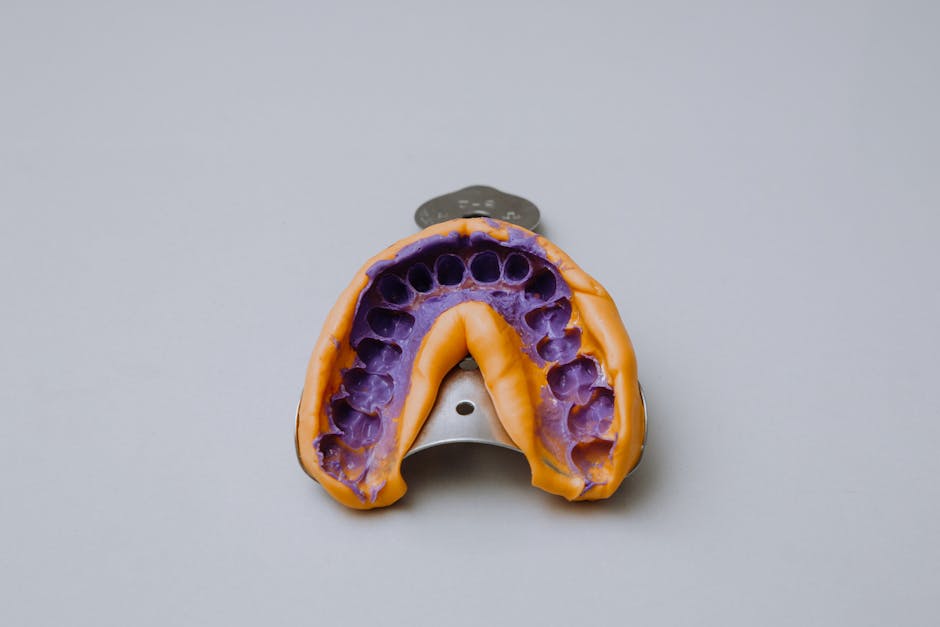
Reported Complications of JawTrac
While many receive benefits from JawTrac’s non-surgical approach to jaw alignment, some patients have reported complications. Despite being celebrated for its potential to reduce or eliminate temporomandibular joint (TMJ) discomfort, some users have experienced exacerbated TMJ pain post-treatment as muscles and joints adjust to the new alignment.
Cases of misalignment post-treatment with JawTrac have also been reported, with patients slipping back into misalignment and requiring additional interventions. Besides muscle and alignment issues, some users have detailed dental health problems following the treatment, such as altered bite sensation and difficulties with chewing effectively and comfortably.
Dental health professionals advocate a rigorous pre-procedural evaluation to flag high-risk cases and customize interventions. Variability in individual anatomy means that personal testimonies can vary widely. One patient, Edward J. from Chicago, initially felt tremendous relief after JawTrac treatment but started experiencing worse TMJ discomfort six months later.
While JawTrac presents an enticing alternative to traditional surgical routes, treated candidates should remain informed about all facets of potential complications. Fully informed decisions and preservation of health should be paramount in the pursuit of structural aesthetics.
Comparative Analysis of JawTrac and Traditional Methods
Traditional jaw alignment treatments, such as braces and surgical interventions, have been widely used for their efficacy in bite correction. Braces typically require a long-term commitment from the patient, mechanically adjusting teeth position through continual tension. Orthognathic surgery directly alters jawbone structure, producing substantial alignment corrections but with significant recovery time and risks.
In contrast, JawTrac advertises a less invasive approach with a shorter treatment period and less discomfort compared to traditional methods. The ability to simulate and preview the final jaw position before fully committing is another advantage of JawTrac.
However, while JawTrac has shown promising results, questions surrounding its long-term stability and effectiveness persist due to limited research and clinical trials with long-term follow-ups. Traditional methods like braces and surgery have undergone decades of refinement and rigorous scientific scrutiny.
Cost-effectiveness is another consideration. JawTrac could be perceived as more cost-effective compared to years of orthodontic treatments or surgery, but costs could escalate if multiple applications or supplemental treatments are necessary.
Treatment adaptability is also a factor. Braces and surgery have been tested across varied anatomical discrepancies and complications, while JawTrac’s relatively novel entrance into the market might not yet offer the same breadth in treating complex or severely misaligned jaws.
The choice between JawTrac and traditional methods should be aligned with professionals’ advice, research, and individual patient priorities, seeking a balance between immediate comfort and enduring health benefits.
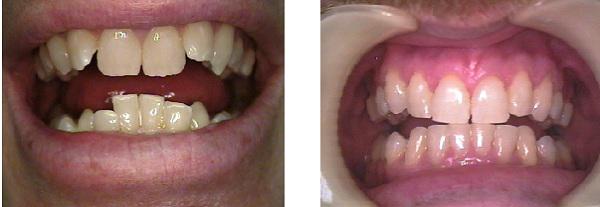
Expert Opinions on JawTrac
Dental experts have mixed opinions on the efficacy of JawTrac technology. While some recognize its non-surgical promises, others raise concerns about the lack of extensive peer-reviewed research and long-term studies supporting its benefits and biological outcomes.
Dr. Helena Russell, an orthodontist, notes the need for clinical trials to fully understand JawTrac’s long-term viability and safety. On the other hand, Dr. Aaron Finch, a maxillofacial surgeon, sees the appeal of reducing treatment time and avoiding invasive surgery for certain patient demographics.
The technology receives positive feedback for its role in patient education and engagement. By enabling patients to visualize their potential post-treatment jaw alignment, JawTrac intensifies patient involvement in their care plans.
However, skepticism exists regarding the mechanistic limitations of the procedure. Dr. Jacob Calloway, an expert in TMJ disorders, cautions that correction involves not just teeth and jaw alignment but also the harmonious function of surrounding muscles, ligaments, and neurovascular components.1
Dental specialists collectively stress the importance of setting realistic expectations for patients. Dr. Mark Hanley, an orthodontist, emphasizes that JawTrac is not a panacea for all misalignment complications and advocates for an individual assessment approach.2
The professional landscape surrounding JawTrac is one of measured endorsements and calls for further scientific evaluation. Dental experts embrace the promise of innovation while emphasizing the need for rigorous research to confirm efficacy and long-term outcomes.
In conclusion, JawTrac offers a promising and less invasive alternative for jaw alignment. However, potential candidates should engage in thorough discussions with healthcare providers to understand both the benefits and limitations of this technology. Making informed decisions based on a comprehensive perspective of long-term oral health and functionality is essential for anyone considering JawTrac.
- Calloway J. Temporomandibular Joint Disorders: A Comprehensive Overview. J Oral Maxillofac Surg. 2019;77(6):1165-1172.
- Hanley M. Orthodontic Treatment Planning: Considerations and Challenges. Am J Orthod Dentofacial Orthop. 2020;158(4):489-497.
